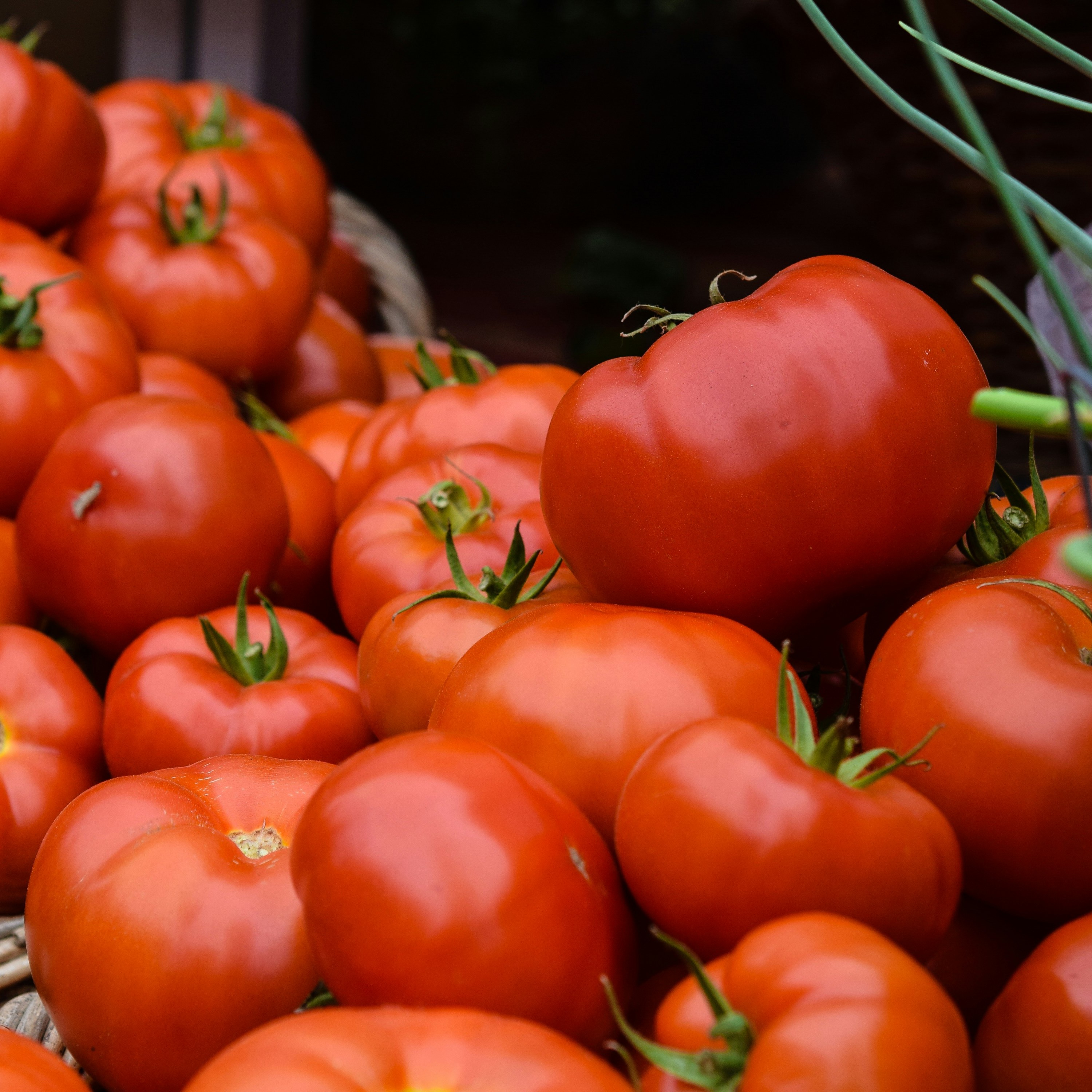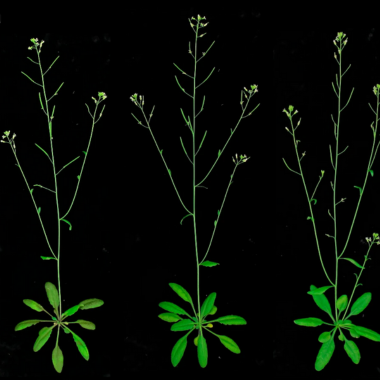Maxwell Harman accepted to NSF Graduate Research Fellowship Program

By Kara Headley
Graduate student Maxwell Harman has been accepted to the National Science Foundation Graduate Research Fellowship Program, or GRFP.
According to the website, the goal of GRFP is “help ensure the quality, vitality and diversity of the scientific and engineering workforce of the United States,” and was established to recruit and support individuals who demonstrate the potential to make significant contributions in STEM.
It is a five-year fellowship that provides three years of financial support to the recipients.
“I once worked at a company with the motto ‘Think like a scientist, work like a farmer’ and I can attest that Max typifies this philosophy to the fullest,” said Berkley Walker, Harman’s graduate advisor and assistant professor at the Michigan State University-Department of Energy Plant Research Laboratory, or PRL.
“His brilliance and work ethic are complemented by his excellent interpersonal skills and ability to manage a project to completion. I feel incredibly lucky to have Max in my lab and he is on track for a successful career to resolve cutting-edge questions in plant physiology and molecular biology that will directly lead to critical advances in crop production and sustainability.”
The following is a Q&A with Harman on his acceptance to the GRFP.
Q: What is the research you will be working on under this fellowship?
Harman: My research statement was titled "Uncapping Carbon Capture – Elucidating and Engineering the Final Limits of Photosynthesis” and focuses on my work to understand triose phosphate utilization (TPU) limitation. TPU is a limitation in plant cells that sets an upper “ceiling” on the rate of photosynthesis, no matter how much carbon dioxide and light might be available. This work is combining both “forward” and “reverse” genetics approaches to find new genes involved in TPU as well as test hypotheses involving already known genes. Ultimately, my goal is to design genetic engineering strategies to lift the TPU “ceiling” on photosynthesis, which could lead to more productive plants and higher rates of CO2 absorption.
Q: What does receiving this fellowship mean to you?
H: The relief and gratification go beyond words! With GRFP, I’ve now secured independent funding for what will likely be the entirety of my Ph.D., which gives me the freedom to continue pursuing high-risk/reward projects. Beyond that though, it's a very deep and personal validation. I started GRFP applications in my undergrad and first year but came to the very hard conclusion that my work didn’t have the intellectual merit to be competitive. I had prioritized a well-rounded, service/leadership-focused undergraduate experience, and worried that I was “behind” in terms of scientific development. Receiving GRFP validates that “extracurricular” work and personal growth.
Q: How might this fellowship inform/help you in your graduate studies?
H: It’s very freeing both for me personally and for the lab. As a PBHS [Plant Biotechnology for Health and Sustainability] trainee, I’ve been able to start projects where I was interested and without the constraints of the lab’s current grants, and GRFP means I can confidently move forward without fear of having to change projects to fit within grant limitations. Having a significant national award under my belt early in my PhD also builds momentum and can open doors for future success too.
Q: Is there anything else you would like to add?
H: A big thank you to the many people who have provided opportunities for me to grow personally and professionally over the years!
Maxwell Harman is a second year Ph.D. student in the Genetics & Genome Sciences and Molecular Plant Sciences programs. He works in Berkley Walker’s lab in the PRL. Having grown up on a diversified cattle and crop operation in rural Kansas, he is passionate about combining science, outreach and service to benefit ag producers and consumers. When not in the lab, he enjoys golf, country dance and volunteering in youth leadership and development.



